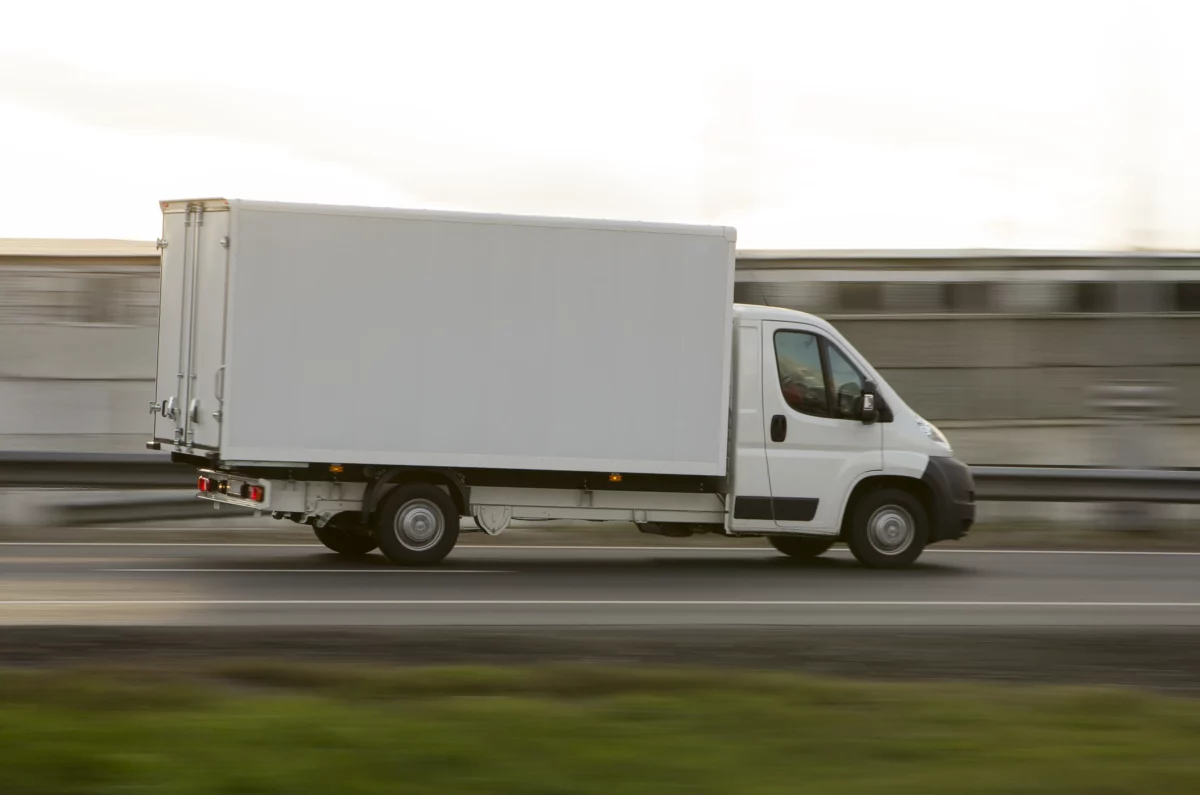How to Solve the Last Mile Delivery Problem in Construction

The last mile delivery problem is typically looked at within a retail e-commerce context. But in truth, it affects every industry — including construction.
Companies like Amazon have made same-day shipping the norm. And in construction customer expectations are actually faster. For last-minute orders, most contractors want supplies at their sites within a few hours.
The problem is, how can you get materials out to job sites quickly… without breaking the bank?
What is the Last Mile Delivery Problem?
The last mile problem refers to inefficiencies in last mile delivery — primarily the need for multiple stops with low drop sizes. This is why last mile delivery is the most expensive and time consuming part of the delivery process. It often accounts for 53% of the total transportation cost.
And it’s only getting worse.
Same-day shipping is making last mile delivery even more inefficient, as short delivery time frames make it more challenging to optimize routes.
Additional Challenges for Construction
Beyond the basic inefficiencies with last mile delivery, the construction industry also faces some additional challenges when getting materials to job sites.
Often new builds don’t have clear addresses, the jobsite can be confusing to navigate, and drivers aren’t sure where to drop off goods. These miscommunications can cause delays, which increases your costs and frustrates the end-consumer. Suppliers also often need to deliver fragile items (like windows) or hazardous goods that a regular courier or delivery partner may not be certified to transport.
But the biggest challenge is that construction materials often need to be delivered within a 2 to 3 hour timeframe. That kind of turnaround can be difficult — and expensive — for suppliers to hit.
3 Ways to Solve the Last Mile Delivery Problem in Construction
Offering last-minute delivery has become a competitive advantage for many suppliers. But to make it cost-effective, there are some adjustments you need to make to your delivery process.
1. Manage Expectations with Live Updates & Estimates
Last mile delivery is often considered the most important part of the delivery process because it involves the end-consumer. And a bad delivery experience can hurt your brand and reduce the chance that customer orders from you again.
Managing expectations is critical for effective last mile delivery. This includes giving customers estimates upfront about delivery time and costs — as well as providing updates along the way.
Last mile logistics platforms make it easy to manage expectations with live estimates and automatic updates for the end customer. With platforms like GoFor, you can even send photos of the delivered goods to customers, helping keep communication (and expectations) clear.
2. Optimize Routes with Algorithms and Auto-Dispatch Technology
The route your driver takes can have a significant impact on the time and cost of your delivery. But manually optimizing routes can be challenging. There are a ton of factors to consider — from driver availability and pickup location, to traffic, weather, delivery windows, and load/weight capacity.
Algorithms and auto-dispatch technology can help you optimize your routes automatically based on a variety of rules. These technologies reduce (or eliminate) the need for manual intervention when assigning deliveries to drivers. This helps ensure drivers are making the most efficient trip possible every time.
3. Analyse Your last mile Logistics Data to Find Inefficiencies
Too often delivery costs are considered just a line item. It’s hard to get a real sense of how much you’re spending, why it’s costing that much, and how you can reduce costs. Often that’s because you don’t have access to the data.
But you can’t make your delivery process more efficient without first knowing where your inefficiencies are.
Logistics data can be a goldmine of information. It can help you optimize your fleet, find cost savings, and generally make your last mile delivery process more efficient. Last mile delivery platforms help you analyse and keep an eye on things like spend by region or store — so you can monitor your costs for the month and better project next month’s spend.
If you notice an unexpected uptick in your monthly spend you can also drill down into individual deliveries to see what is affecting your costs — and whether you need to make adjustments.
The Bottom Line
Fast last mile delivery is quickly becoming a competitive advantage. Technology is paving the way for merchants to meet their customers expectations — without breaking the bank.
Last mile delivery platforms (like GoFor) can help manage customer’s expectations with clear, up-to-the-minute communication about deliveries. And merchants can use these platforms to find efficiencies by digging into their logistics data.
